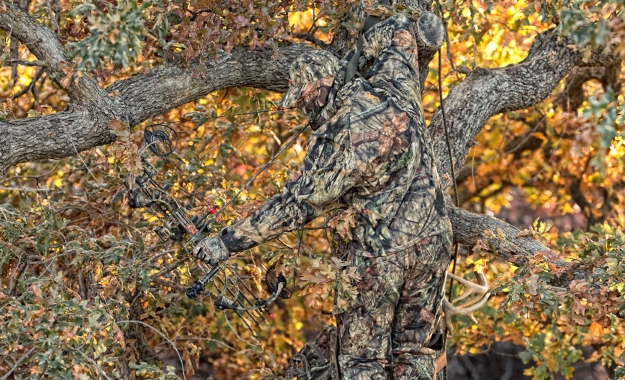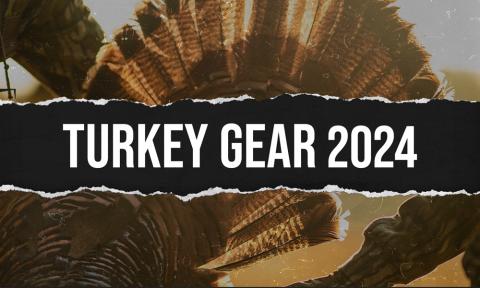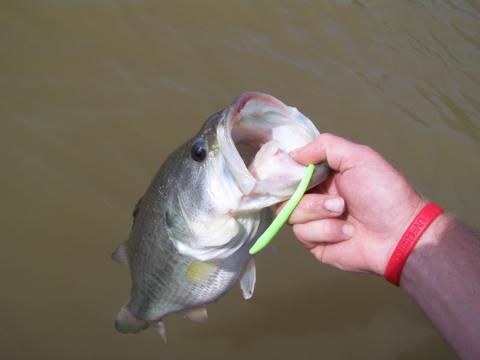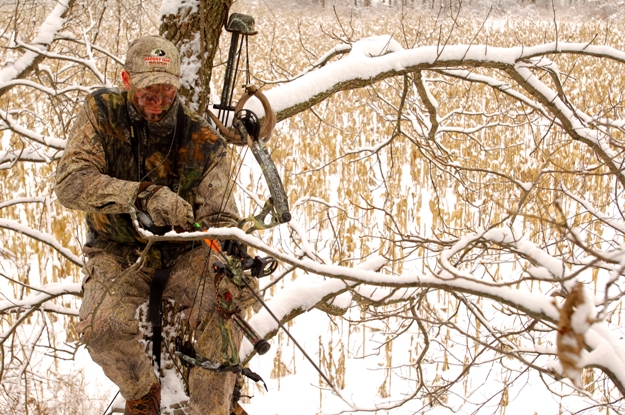
Editor’s Note: Chris Kirby has been wearing Mossy Oak most of his life and is the president of Quaker Boy Calls. Through partnering with Mossy Oak, he produces the Deer Thugs line of deer calls. Although Kirby lives in Orchard Park, New York, he hunts all over the country and helps manage several small farms in his area - some as small as 25 acres and others as large as 200 acres. Kirby says, “You definitely can manage deer to produce mature bucks on small properties. Here’s how we do it with 15 members in our hunting club.”
One of my favorite ways to hunt in the late season is to bowhunt. You make less noise, and you successfully can hunt and take bucks on properties where you don’t have food plots planted. The real keys to productive bowhunting in the late season are:
- Stay warm.
- Don’t hunt for long periods of time.
- Pick the best stand site where your chances are the greatest to see an older-age-class buck. In the late season, I like to be in my stand and prepared to take a shot during the first hour of daylight and the last hour before dark. Now I may get in my stand 45 minutes or an hour before I'm hunting. By knowing when legal shooting time ends, I can plan my hunt to get to my stand and be set-up. I can look at my watch to know when the last legal hour I can hunt begins and ends.
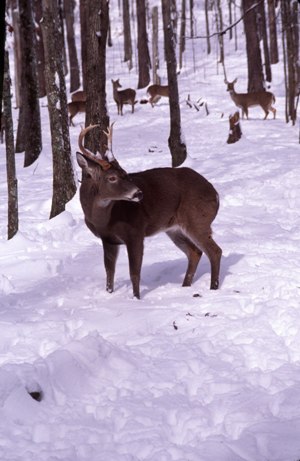 There are several advantages to hunting the late season like this:
There are several advantages to hunting the late season like this:
- I'm not out in the cold as long as the person who stays in a stand all day long.
- I'm in my stand and ready to take the shot. I only have to concentrate on seeing and/or shooting the deer for one hour.
- I've found tracks and trails leading to the food source. I know there's still food on the ground for the deer to eat. Therefore, I feel certain that calling deer with my Deer Thugs grunt tube will be as effective as it can possibly be.
- I'm hunting in the place at the time a mature buck is most likely to show up at his food source.
Wild apple trees are my favorite food source to hunt over, because apples fall on top of the snow, they're very tasty for the deer to eat, and we can purchase a wide variety of apple trees from the Mossy Oak Nativ Nurseries. Upstate New York has a lot of wild apples for us to hunt over. However, if you live in an area where you don’t have wild apples, check with the folks at Mossy Oak Nativ Nurseries and find out which variety of apple trees hold their apples the longest and don’t start dropping the apples until the late season. Personally, I hunt over apple trees from the early season until the late season, because there are a variety of apple trees that drop apples in the early season, a different variety of apple trees drop apples in the middle season, and another variety that doesn’t drop its apples until late season. If you own or lease property, and you can plant apple trees, those late season apple trees are a great investment. But apples aren’t the only food that deer feed on in the late season. Concentrate your hunting around the best and most desirable food source for which the deer have searched. One of the worst things that can happen to a bowhunter during the early season is to have a massive corn crop. However, bowhunting under acorn trees in the late season can be highly productive. When there are plenty of available acorns, most years the deer won’t eat all the acorns under the tree. They’ll concentrate under acorn trees in the late season, if there are still acorns to be dug up under the snow or to be found under the leaves.
If you don’t know what type of natural food the deer will be feeding on in the areas where you hunt during the late season, call your state’s Department of Conservation or the Department of Wildlife and Natural Resources. Ask to speak to the wildlife biologist or deer biologist who is responsible for the deer in the area you hunt. Ask him what the deer’s most preferred food is during the late season where you're hunting. For instance, in the South, Smilax - commonly known as green briar - and blackberry leaves are two of the deer’s preferred food sources in the late season. In the North, it could be cherry trees or beechnut trees. Too, you can find out what the deer are feeding on in the late season by scouting and following deer trails. Those trails usually will take you to the deer’s preferred food source, but don’t walk down the middle of the trail. Stay off to the side of the trail, and use your binoculars to follow it through the woods.
One of the other tactics that I use extensively during the late season is putting out trail cameras. I may have five different trail cameras on a 25-acre farm where we’re hunting. This way, once I've found the primary food source, the camera will tell me which bucks are feeding at that primary food source, how big the bucks are, which direction they're coming from, which direction they're going to when they leave the feeding site, and what time day or night they're showing up. So, plan to use your trail cameras as much if not more at the end of the season than you have before opening day of deer season.














